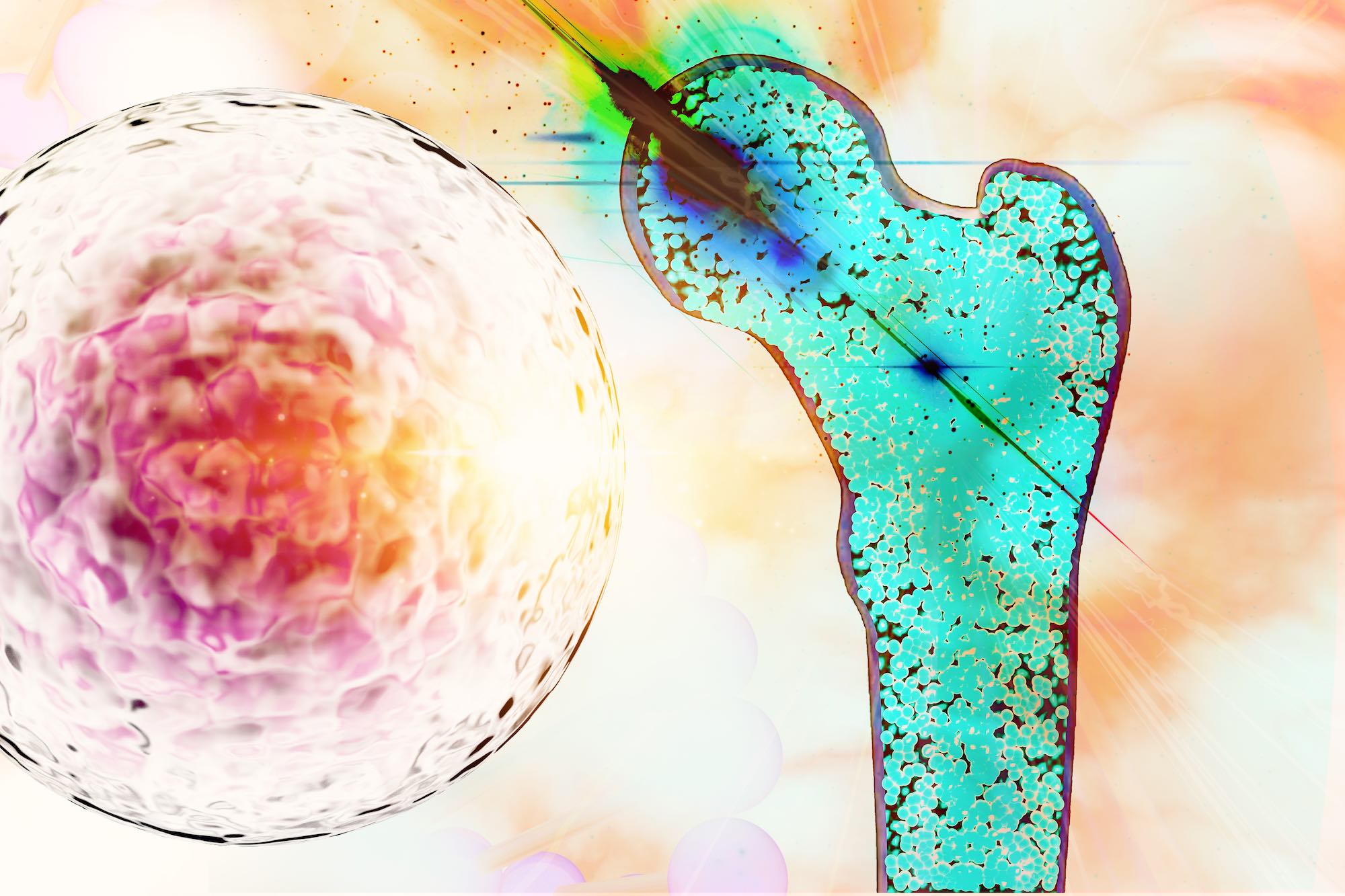If you are one of the millions of people who suffer from fractures (broken bones) each year, you may be interested in learning about orthopedic stem cell therapy. Stem cells can be used to help treat a variety of fractures given their potential for promoting healing.
In this blog post, I will discuss how stem cells can help fracture healing in patients, and some of the benefits they offer.
The growing use of stem cells in orthopedics
The use of stem cells in orthopedic medicine is a relatively new field, but it is growing rapidly. Why? Stem cells are the body’s natural repair system. They have the ability to divide and renew themselves, and they can turn into other types of cells in the body. In some cases, stem cells are used in conjunction with fracture surgery, and in other cases, can prevent the need for surgery.
Stem cells can be used to treat a variety of orthopedic conditions, including:
- Arthritis
- Tendonitis
- Muscle tears
- Ligament tears
- Fractures
For the purpose of this post, I’ll focus more on how Bone Marrow Aspirate Stem Cell Concentrate can help with the treatment of fractures.
What is Bone Marrow Aspirate Stem Cell Concentrate (BMAC)?
Bone Marrow Aspirate Stem Cell Concentrate (BMAC) is a type of stem cell therapy that is derived from the patient’s own bone marrow. BMAC has been shown to be effective in treating a variety of orthopedic conditions, including fractures.
BMAC is rich in growth factors and cytokines, which are important for the healing process. BMAC also contains mesenchymal stem cells (MSCs), which are a type of adult stem cell that can differentiate into various cell types, including bone and cartilage cells.
How are stem cells harvested from bone marrow?
The process of harvesting bone marrow is called Bone Marrow Aspiration (BMA). BMA is a minimally invasive procedure. A small needle is inserted into the bone and a syringe is used to remove a sample of bone marrow.
The harvested bone marrow is then processed to concentrate the stem cells.
How Can BMAC Help Fracture Healing?
There are several ways in which BMAC can help fracture healing.
First, the growth factors and cytokines in BMAC can help to promote the formation of new blood vessels, which is important for healing.
Second, BMAC can help to stimulate the proliferation of bone-forming cells, which leads to faster healing.
Third, BMAC can help to reduce inflammation and pain.
BMAC and orthopedic stem cell therapy can be particularly useful in patients who have complex fractures, especially those than involve a joint (knee or ankle) prone to arthritis. They can also be useful in patients who have underlying conditions (such as smoking or diabetes) that may inhibit healing.
Can stem cell treatment prevent post traumatic arthritis?
There is some evidence that BMAC can help to prevent post-traumatic arthritis (PTA). PTA is a type of arthritis that can occur after an injury, such as a fracture.
BMAC has been shown to reduce the formation of cartilage-destructive enzymes and to promote the synthesis of collagen, which is the major structural protein in cartilage.
The use of BMAC for the treatment of PTA is still in the early stages of research, but it shows promise as a treatment option to help prevent patients from needing joint replacements later in life.
If you are interested in learning more about stem cells and how they can help you, please contact my office to schedule a consultation. I would be happy to answer any questions you may have.
